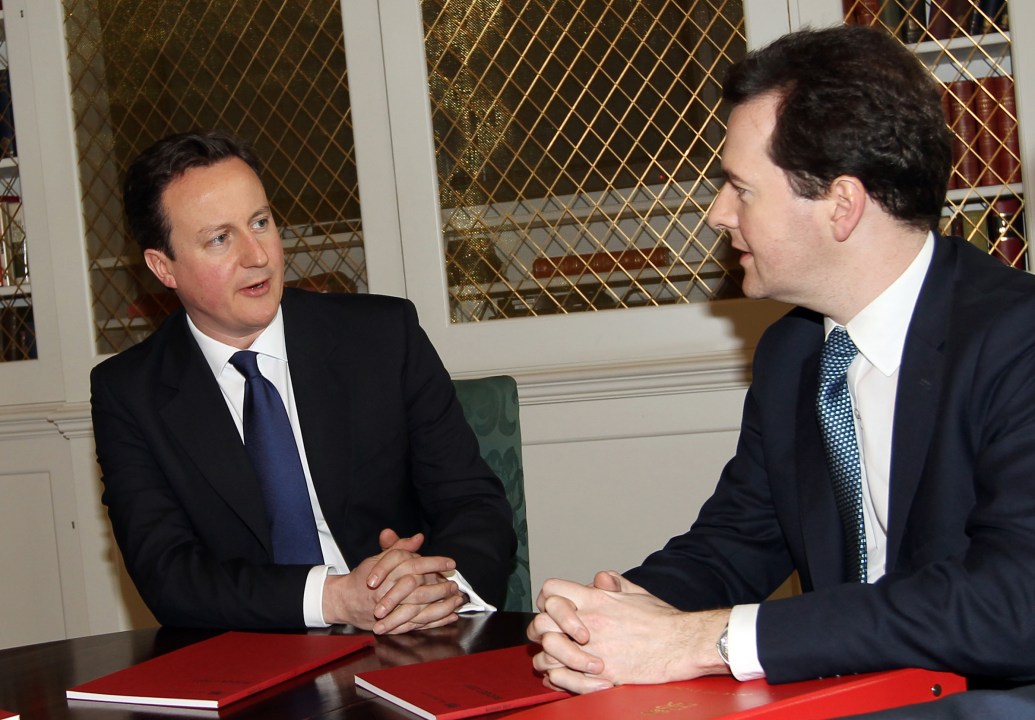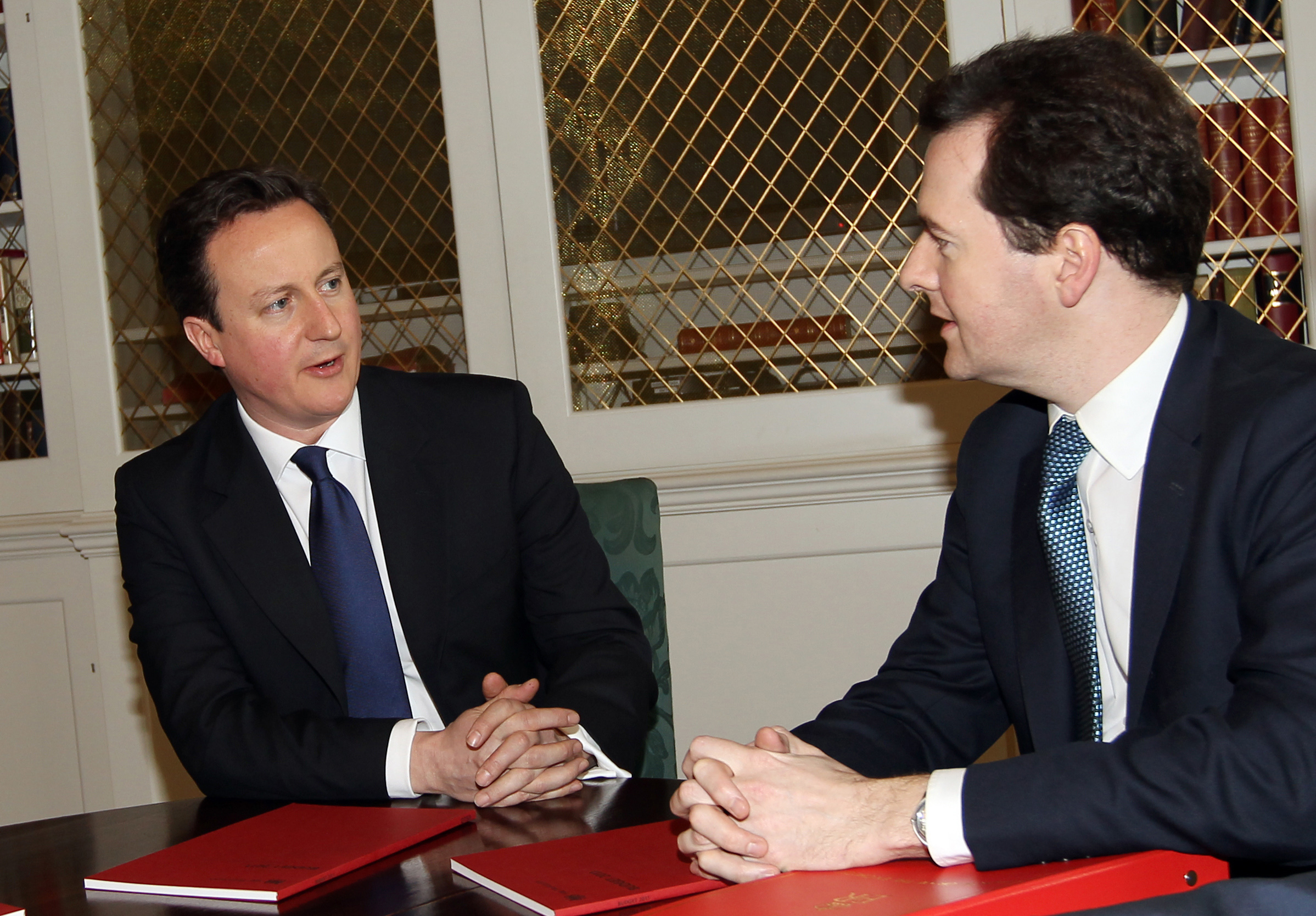 The Times is being a bit harsh on Cameron in its leader this morning. ‘On the economy’, it says, ‘Cameron has contracted out policy to George Osborne and then followed the
The Times is being a bit harsh on Cameron in its leader this morning. ‘On the economy’, it says, ‘Cameron has contracted out policy to George Osborne and then followed the
usual (although not invariable) practice of postwar prime ministers of supporting his Chancellor’s decisions. But he has not added to this a convincing contribution of his own.’
Yes, Cameron has not done very well articulating his government’s growth policy. I’ve also noticed that he is not much good at describing the Loch Ness Monster and for the same reason. Unconfirmed
rumours of its existence whirl around now and again. Grainy photos of something supposed to be a UK growth agenda surface. But when expeditions are sent out to prove its existence, they invariably
fail.
Osborne has an austerity strategy: that he’ll cut overall state spending by just under 1 per cent a year and overall departmental spending by 3 per cent a year. But growth? There’s still some way
to go on that. I hate to admit it, but Paul Krugman has a point when he mocks the austerity squad’s lazy assumption that the ‘confidence fairy’ will appear after cuts, encouraging growth. Austerity
is not enough. You need a growth agenda – cuts in tax, regulation or other supply-side stimulus. There are radical ideas inside government for helping companies grow — as we saw with
Adrian Beecroft’s leaked deregulation proposals. But they were killed off by Vince Cable, and given precious little support from Osborne.
Cameron actually did rather neatly encapsulate his government’s strategy in PMQs yesterday, saying ‘It is this government that has got interest rates down to 2 per cent. That is why we have
prospects for growth.’ I.e. cheap debt! Fill your boots, everyone! Which Osborne proposes to do by lending money to companies to whom banks refuse to lend. I have my concerns about this so-called
credit easing – and whether it will create sub-prime corporate debt in the way that Freddie and Fannie created sub-prime housing debt – as well as about the side effects of a QE policy
that reduces gilt yields. But this does appear to be the government’s main growth agenda, summed up clearly by Cameron. The new growth agenda is, pretty much, the old one – but with even more
artificially lowered debt and some promises on corporation tax. We were promised a growth review in the Autumn Statement, but none emerged. Making it tough for anyone to articulate.
There is, to put it politely, plenty scope for Osborne to improve on this. His austerity agenda is backed by an overwhelming majority. His growth agenda could be, too. Let’s hope one appears in
April. Then I’m sure Cameron will articulate it brilliantly.








Comments